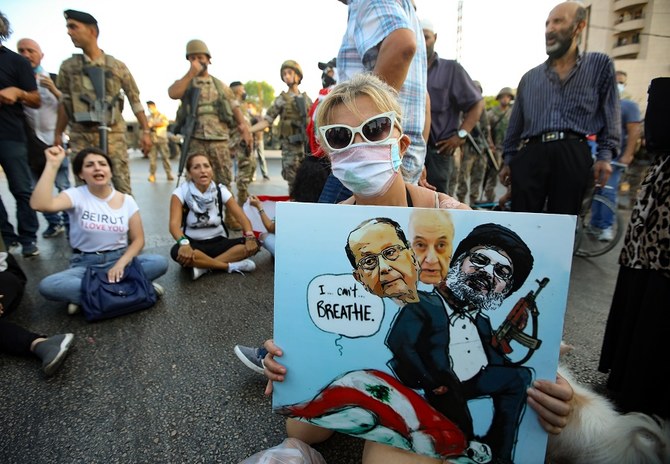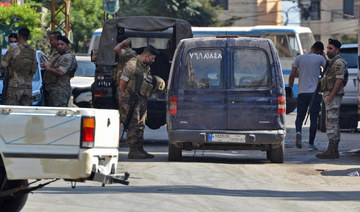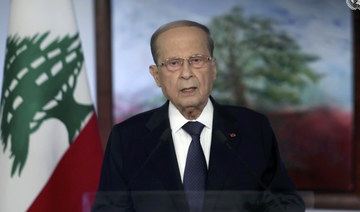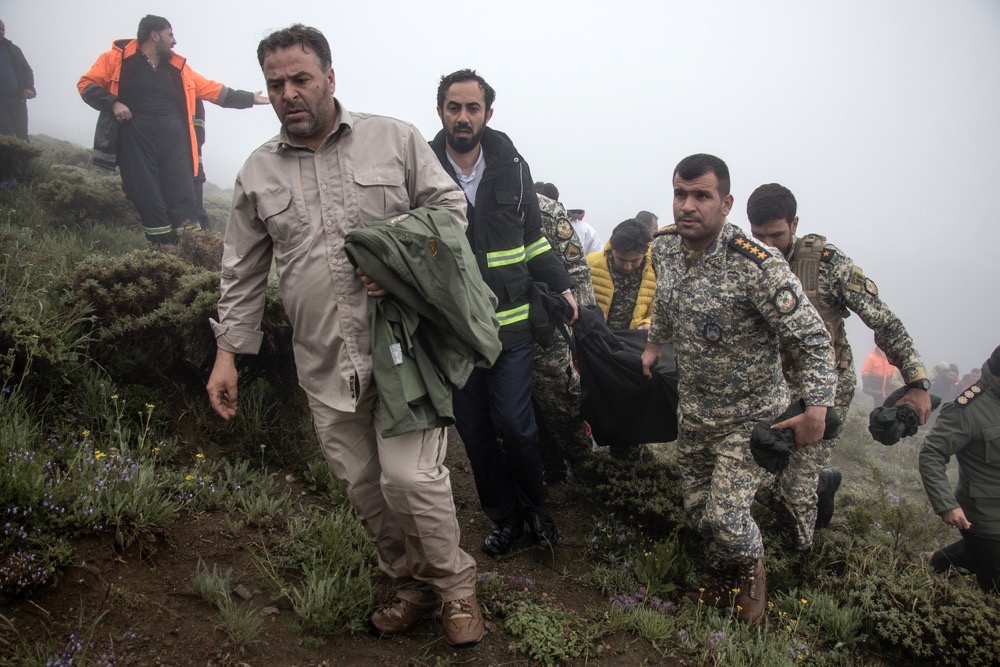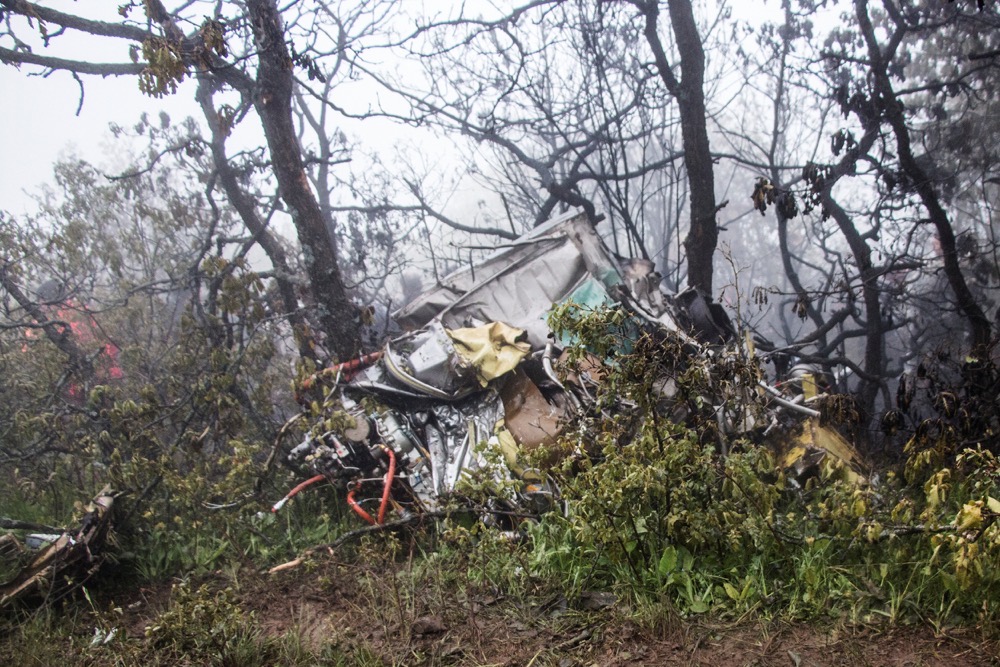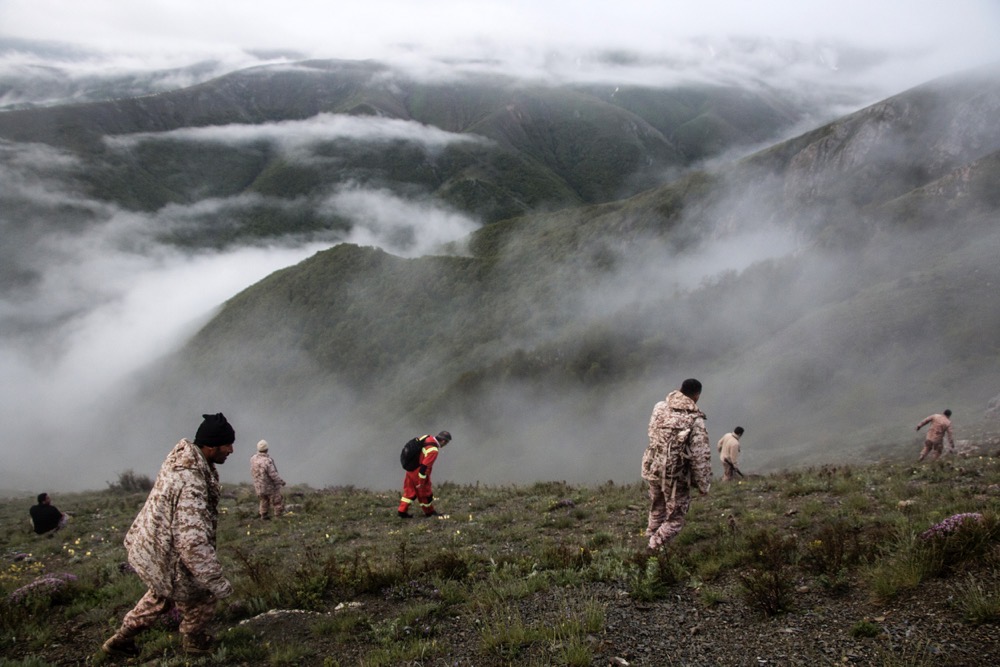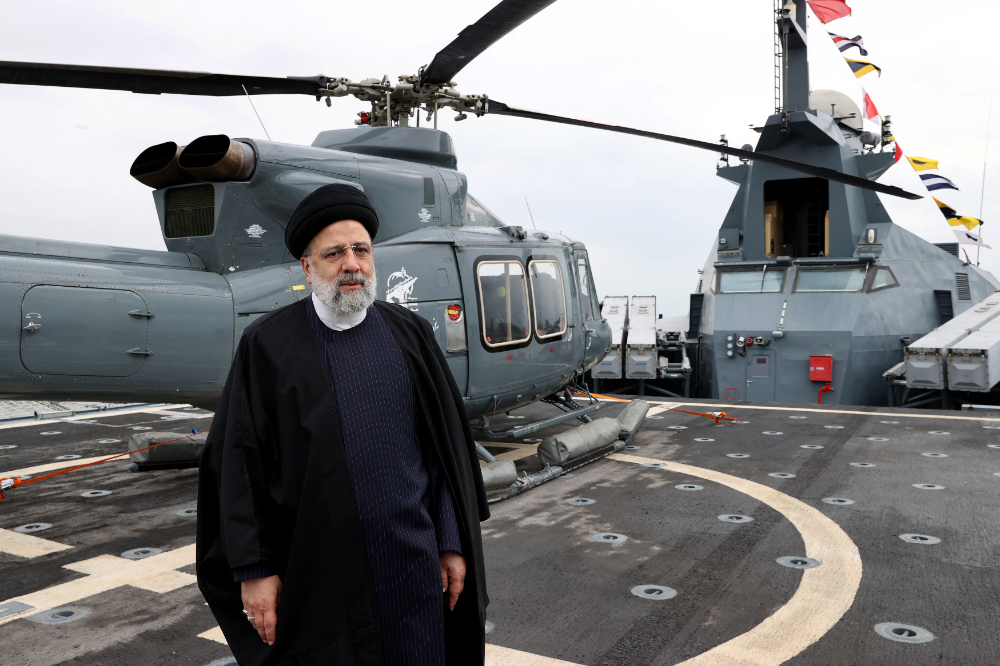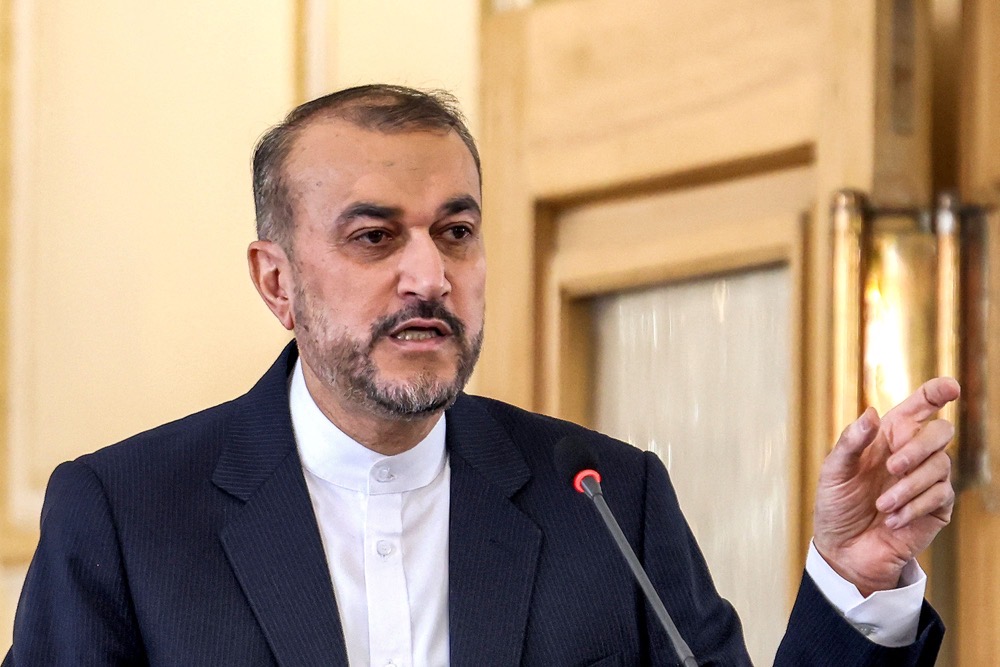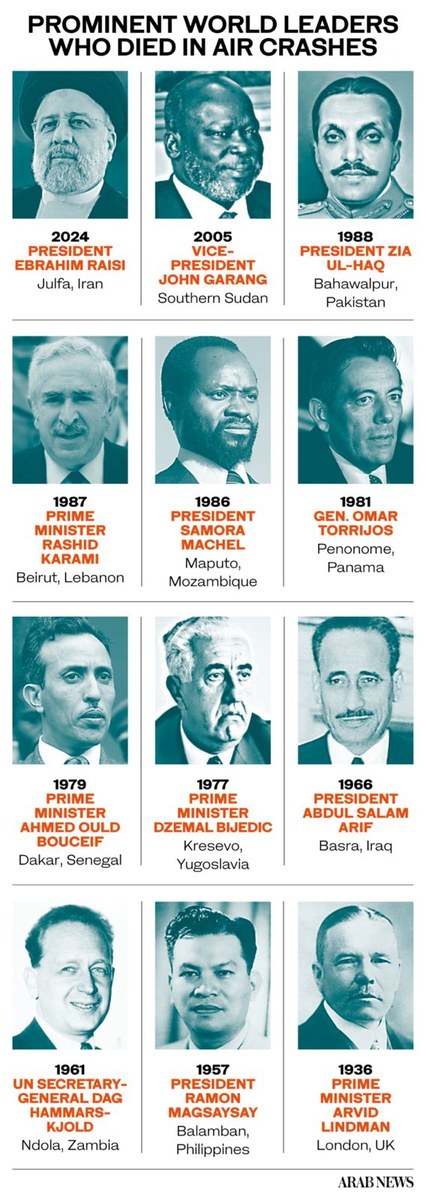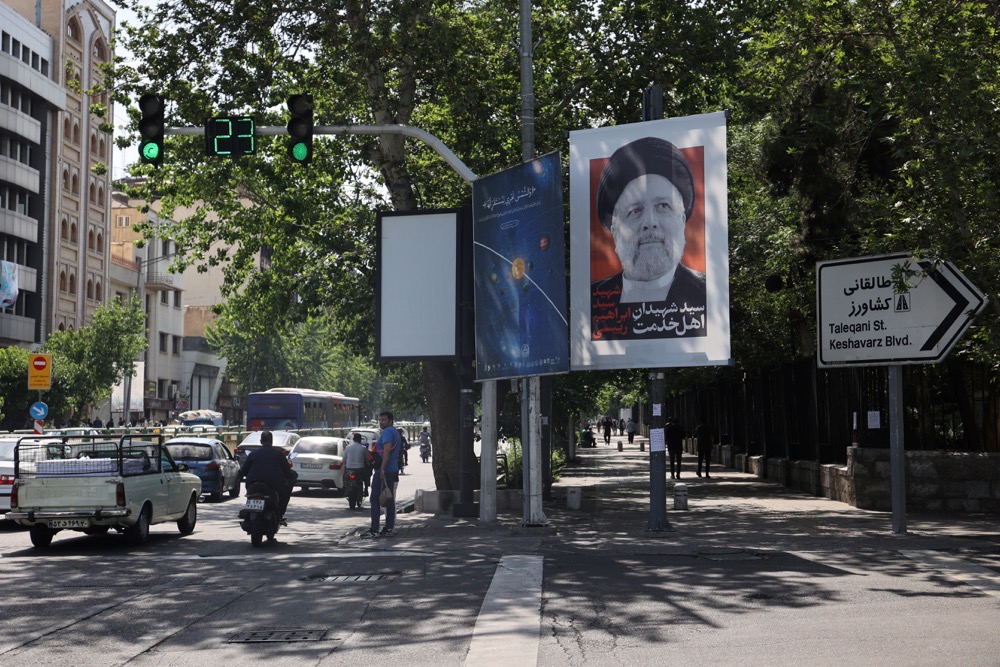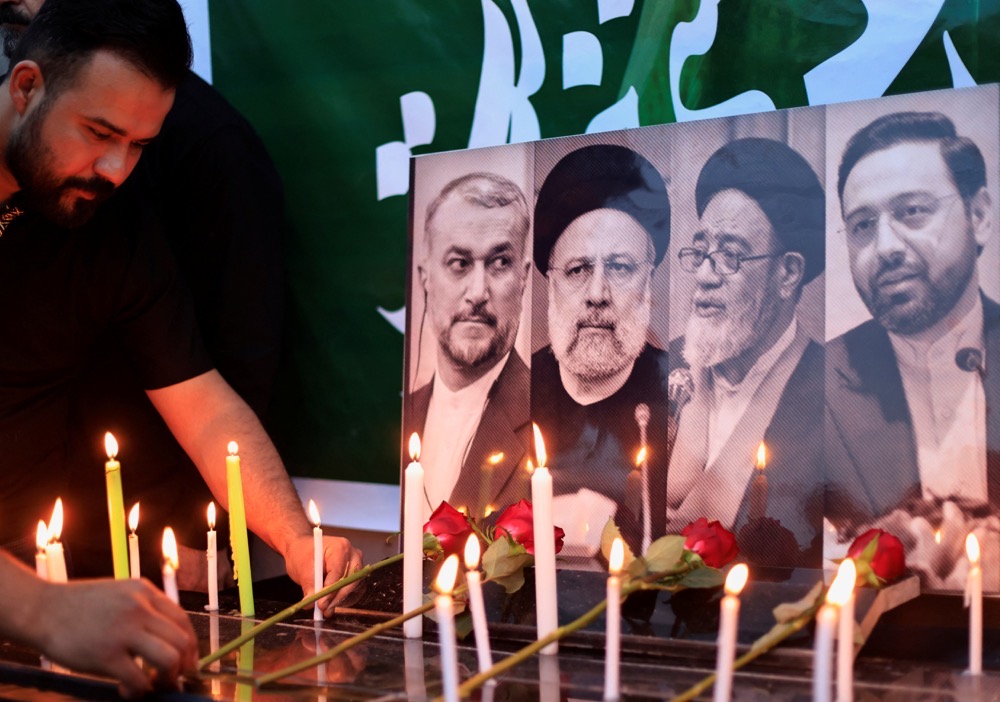MISSOURI/DUBAI: Lebanon appears to be on the brink as the country descends into a more dangerous state than at any time since the 1975-90 civil war. Even before the devastating explosion in Beirut on Aug. 4, popular disgust with Lebanon’s government and sectarian tensions were nearing critical levels.
In large part due to Hezbollah’s prominence in the Lebanese government, foreign donors failed to step in with rescue offers amid the country’s debt and financial storm. The crisis has been compounded by the resignation on Saturday of Mustapha Adib, the prime minister-designate, over his failure to form a government of technocrats.
Small wonder that some experts are comparing the current situation to governance breakdown elsewhere in the world as they ponder the question: What next for Lebanon?
Until recently, the country most frequently cited in comparison was Venezuela, once the richest state in Latin America, but now a byword for political, economic and humanitarian collapse.
However, some political observers now believe that Lebanon may well be going the way of Somalia, which after 1991 became the archetypal failed state, carved up by warring factions, and with Al-Shabab militants waging a war against the government that has led to a humanitarian and security crisis in the Horn of Africa nation.
Leila Nicolas, international affairs professor at Beirut’s Lebanese University, said comparing present-day Lebanon to other countries may be “simplifying” things. “The Middle East region is not like any region of Africa or South America,” she told Arab News.
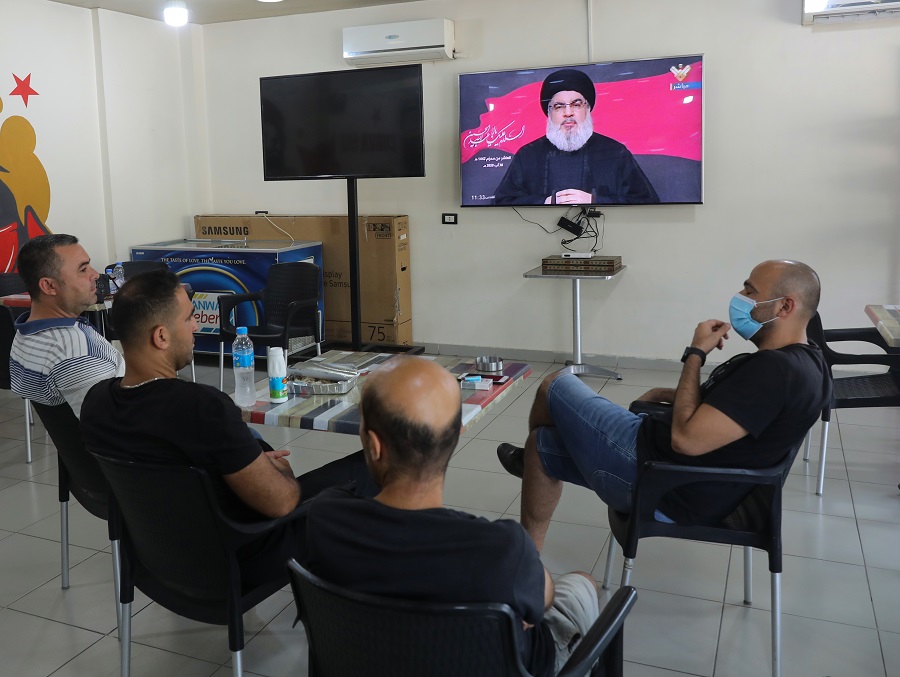
Lebanese men watch the head of the country's Shiite Muslim movement Hezbollah Hassan Nasrallah during a televised speech on August 30, 2020.(Photo by ANWAR AMRO / AFP)
Certainly, since the end of the civil war in 1990, outbreaks of violence in Lebanon have been episodic. However, there is increasing evidence of other characteristics of a fragile or failing state, such as weak governance, limited administrative capacity, chronic humanitarian problems and persistent social tensions.
Since Hezbollah unleashed its armed militia on political rivals in Beirut in 2008, other parties — none of which kept their militias in the 1990 peace deal that ended the country’s civil war — have been unable to challenge the group’s hold on the government.
Hezbollah’s increasing stranglehold over Beirut in turn alienated investors and donors from abroad. Its presence on US terrorism lists and links to Iran attracted sanctions from Washington, which spilled over to harm the wider Lebanese economy.
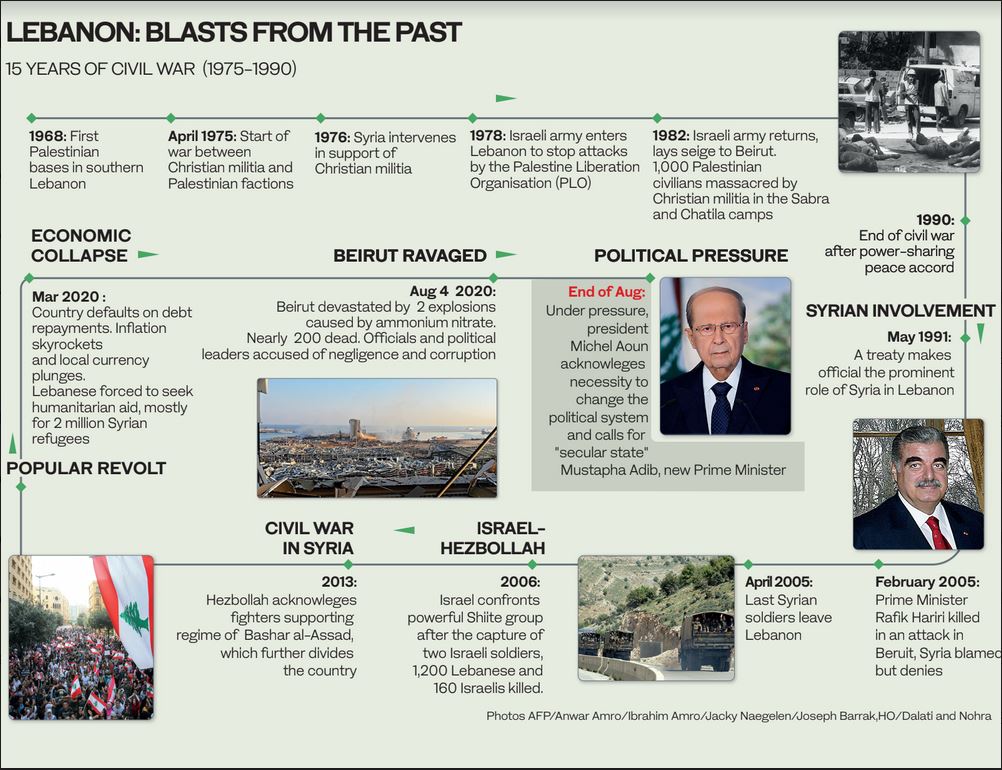
The Beirut port blast, which damaged a large part of the city and killed and wounded hundreds, was the result of government ineptitude and corruption, adding to already high levels of popular discontent with Lebanon’s rulers.
Khaled Abou Zahr, CEO of Eurabia, a media and tech company, said there are many similarities between the Lebanese and Venezuelan models.
#WATCH: Khaled Abou Zahr, CEO of Eurabia and Arab News columnist, dissects the latest political developments in #Lebanon. Read more here https://t.co/65vttS0K2e pic.twitter.com/HyPMUPL7xa
— Arab News (@arabnews) September 27, 2020
“If you look at what is happening in Venezuela today, you have a regime that is taking positions against the entire international community and against its own people,” he told Arab News.
“It is imposing a dictatorship on its people and sowing chaos in a country that is actually very rich, unlike Lebanon, because of its oil reserves. I think Lebanon is heading the same way.”
Abou Zahr said that for years, Hezbollah has been allowed to use the government and the presidency as a shield. “It is controlling more and more of the country and, at the same time, imposing its own agenda.”
Help from Gulf and Western countries saved Lebanon from financial collapse in the past, but Abou Zahr said that outside financial assistance is unlikely under current conditions.
The Hassan Diab cabinet, which ran the country from November 2019 to August 2020, resigned after the Beirut blast. A new credible government remains a necessity if Lebanon is to receive the kind of foreign aid that could rescue the country, with France, for example, expressing a willingness to help “under the right conditions.”
According to Abou Zahr, the inability to form a government has come about because “Hezbollah controls the country and Iran is the true master in Lebanon. In this scenario, how can we expect help?”
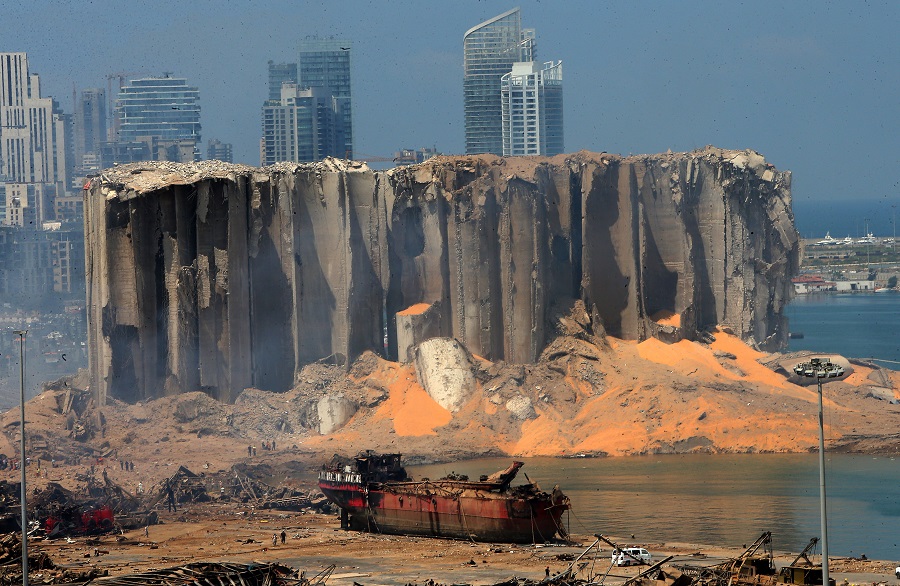
The damaged grain silo and a burnt boat at Beirut's harbour resulting from the ignition of a huge depot of ammonium nitrate at the city's main port. (Photo by STR / AFP)
Nadim Shehadi, executive director of the Lebanese American University’s New York headquarters and Academic Center, also blames Hezbollah for Lebanon’s current state. “Lebanon has gradually been taken hostage by Hezbollah over the past 15 years, and this is the main reason for the collapse,” he said.
Shehadi rejects the view that Lebanon’s problems are the result of “negligence and corruption,” saying that Hezbollah’s growing power — gained through “compromise after compromise” — has all but paralyzed the country.
He believes that “Lebanon is more similar to Gaza, because Gaza has been taken hostage by Hamas, which has caused it to be under siege — and nobody asked the people of Gaza if they wanted to be under the control of Hamas.”
Shehadi blames Hamas for keeping Gaza in a constant state of war with Israel, and Hezbollah for also keeping conflict with Israel alive in Lebanon.
The militants’ aim is to “maintain control of the country, and to declare anyone who doesn’t conform as a traitor and anyone who questions as a collaborator.”
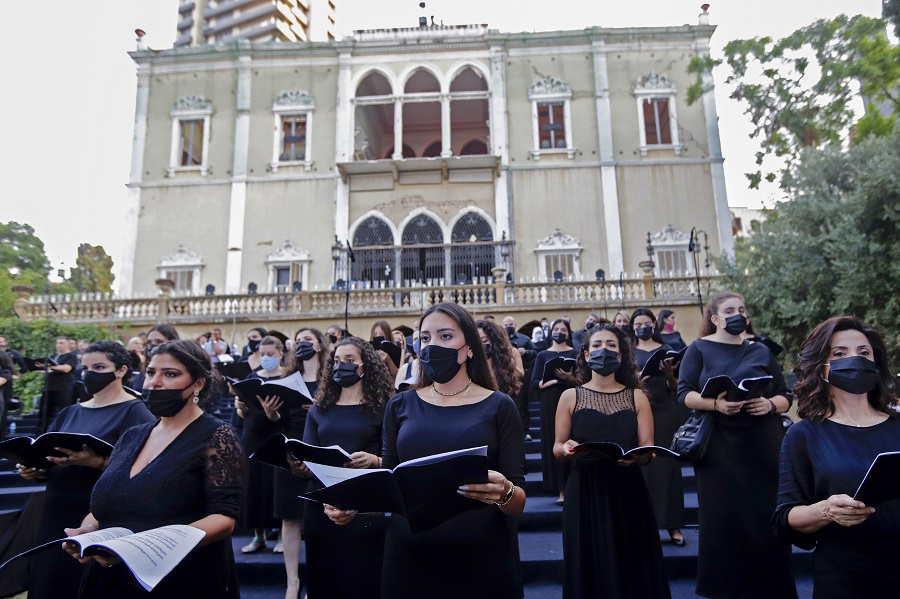
Choir singers perform at a concert for the victims of August's deadly Beirut blast on September 20, 2020. (Photo by ANWAR AMRO / AFP)
Although the protesters of Lebanon's 2019 “October revolution” came from different sectarian groups, resistance to their demands for change seems to center on Hezbollah. The Iran-backed group refuses to relinquish its stranglehold on the Lebanese political system and views talk of disbanding its militia as the traitorous work of “foreign agents.”
While frustrated Lebanese are looking for organizations and parties capable of challenging Hezbollah’s control, sectarian organizations such as the Christian Lebanese Forces, and various Sunni and Druze parties, either feel unprepared or incapable of challenging the militants.
As a result, preparations and the search for foreign backers are probably already underway. Hezbollah may not enjoy having the only armed militia for much longer.
In such circumstances, any spark could trigger an internecine conflict in which the Lebanese army would presumably disintegrate into its various sectarian factions.
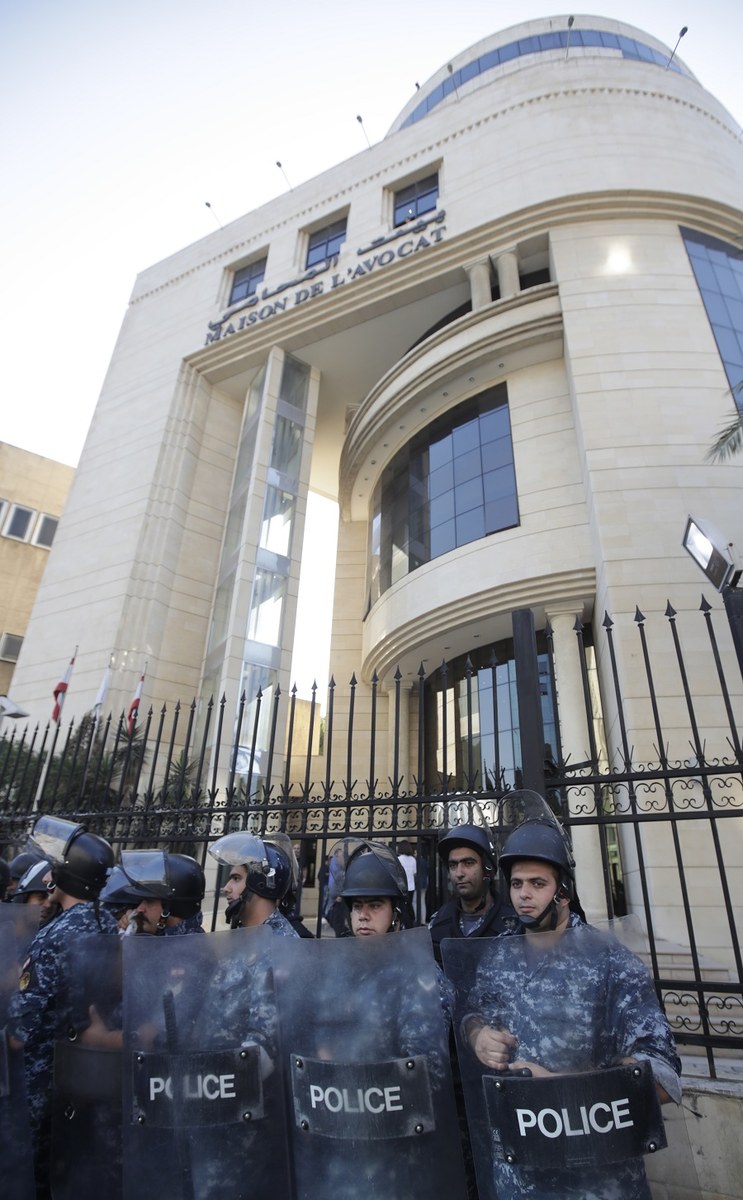
Lebanese security forces stand guard during an anti-government demonstration outside the Beirut Bar Association, on November 12, 2019. (Photo by ANWAR AMRO / AFP)
For Lebanese who lived through the civil war, the best analogy might be Lebanon of the early 1970s, when the arrival of heavily armed Palestinian groups in Beirut and south Lebanon inflamed sectarian tensions and sparked devastating conflicts with Israel. Today, Hezbollah, with its armed militia and Iranian backers, plays this role.
While memories of the conflict remain sufficiently fresh to make most Lebanese want to avoid such an outcome, such fears are weighed against the insufferable status quo in the country.
According to Nicolas, the collapse of Lebanon would hurt Arab interests in general “because it would mean not only more Iranian influence in the region, but also a bigger Turkish role.”
Ankara is already offering support for Lebanese development projects and social aid, she said.
“The collapse of Lebanon would also hurt Europe, which is trying to limit the exodus of immigrants to its borders, even as increasing numbers of people from Lebanon want to migrate westwards,” she added.
“We in Lebanon are in a crisis. And in this situation, any country, no matter how small, has more importance than its geographical size or geostrategic value. That is why nobody will allow Lebanon to collapse.”
***************
David Romano is Thomas G. Strong Professor of Middle East Politics at Missouri State University.




